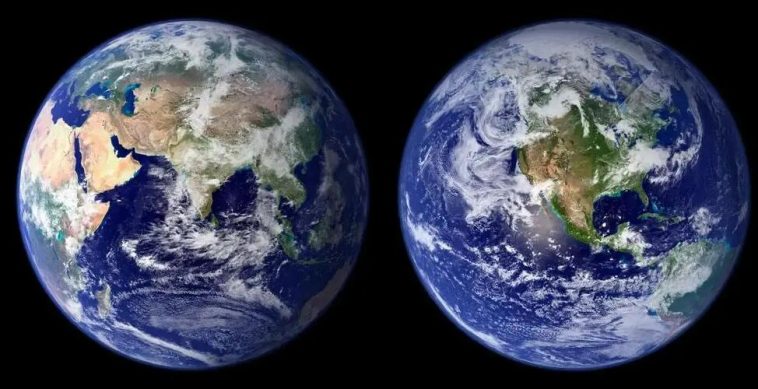it is one of the closest multi-planet systems to us ever discovered. Scientists can use this discovery to understand the composition of exoplanets and assess their atmospheres, providing important clues for people to search for extraterrestrial life.
The two newly discovered exoplanets are known as “super-Earths” — larger than Earth but smaller than ice giants. They orbit an icy red dwarf called HD 260655. Planet HD 260655 b is 1.2 times the size of Earth and about twice as massive, orbiting its star every 2.8 days. The planet HD 260655 c, on the other hand, is 1.5 times the size and 3 times the mass of Earth and orbits its star every 5.7 days. Based on size, mass and density data, they are likely rocky planets, the researchers said.
Both planets are too hot to support life. The temperature of planet B is about 435°C, and the temperature of planet C is about 284°C. The actual temperature depends on the atmosphere that may be present and its properties.
Still, the scientific team that discovered these planets says they are well worth further study. They are relatively close to us, and the stars they surround, while smaller than the sun that Earth orbits, are among the brightest of their kind. These and other factors raise the odds that Webb and even the Hubble Space Telescope will capture data from stellar light passing through the atmospheres of these planets. Analyzing the spectrum of this stellar light can reveal what molecules are in the atmosphere.
The team says both planets have the top 10 atmospheric signatures of all Earth-like exoplanets discovered so far, putting them in the same category as one of the most famous planetary systems: orbiting a planet called TRAPPIST -1 stars with 7 Earth-sized planets. TRAPPIST-1 and several other rocky exoplanets are already on Webb’s target list.
“Are there volatile-rich atmospheres around these planets? Are there signs of water or carbon-based species? These planets are an excellent test bed for these explorations.”
So far, more than 5,000 exoplanets have been confirmed in the Milky Way, and astrobiologists are very interested in finding terrestrial or rocky worlds like Earth, Venus, and Mars. Humans have only one Earth, so finding planets similar in size and composition to Earth is one of the first criteria for finding homes for other life in the galaxy.
“There are many planetary systems with five or six planets,” says Avi Spole, an astrophysicist at MIT’s Kavli Institute for Astrophysics and Space Research. And one of the planets might be habitable.”
The team presented their findings at the 240th meeting of the American Astronomical Society. A related paper has been published in the scientific journal Astronomy and Astrophysics.




GIPHY App Key not set. Please check settings